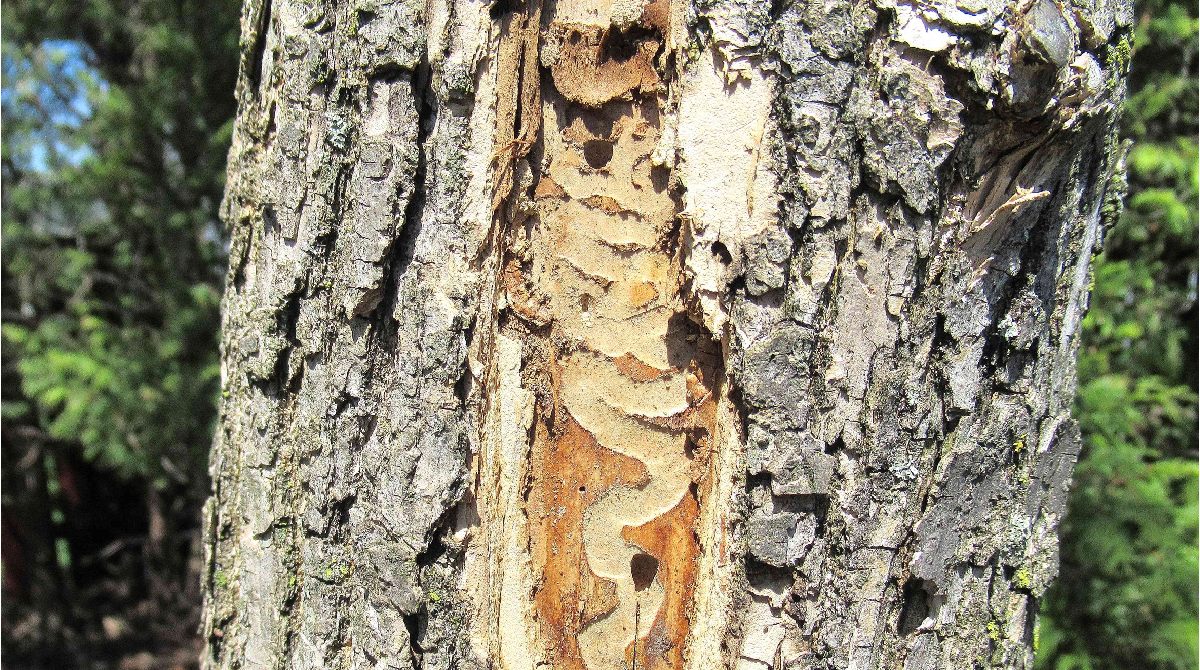
Date May 15, 2022
Category
We know our TreeNewal customers love crepe myrtles, and as beautiful as they are in a Southern lawn, who wouldn’t?!
Crepe myrtles are one of the most popular plants in Texas. With so many different varieties of crepe myrtles, it’s important to understand the range of characteristics you may end up with before you decide to plant one. This blog post will discuss the different types of crepe myrtles and their features so you can choose the right one for your home or property!
What Are Crepe Myrtles
A crepe myrtle or Lagerstroemia is a type of around 50 species of shrubs and trees that are native to south and southeast Asia and parts of Oceania. Most varieties of the plant grow very well throughout the US, with a new set of stunning features almost every new season!
Did you know: The difference between a tree and a shrub is the number of trunks. A tree has one primary trunk with multiple branches, while a shrub is a plant with multiple trunks!
Crepe Myrtle Qualities
Growth Habits
Crepe myrtles commonly start out as shrubs (multiple trunks) but maybe aesthetically trained and shaped into trees. The particular variety makes all the difference in the natural size and shape.
Chica Red will be very small at only a width and height of 3 to 4 feet. A Natchez can be a monstrous 25 feet tall with a 12 foot width. Then there’s the mid-size Zuni at around 9 feet tall and 8 feet wide.
Flowers
The signature characteristic of a crepe myrtle is the beautiful blooms. Clusters of hundreds of colorful, crepe-like petals adorn this plant. The flowers themselves are very small at only 1 to inches in size but cluster up to about 7 inch diameter bunches.
When you think of a crepe myrtle, most picture stunning shades of pink like the Hopi variety, but did you know they also come in purples (Catawba, Zuni), whites (Natchez), and reds (Tonto, Red Rocket, Dynamite)? They even can have blends of colors within a single shrub (Arapaho, Basham) that bloom anywhere from May into late fall.
Leaves, Bark, and Branches
Typically crepe myrtle blooms are complemented by deep green leaves in the spring and summer. Once fall comes, some species of crepe myrtles turn into the brilliant, fiery shades of reds, oranges, and yellows we all love to see.
At first, bark will be an even gray to light brown shade. In summer, it often starts to peel and then turn to a range of colors from cream to auburn to chestnut as the new bark begins to show through.
Needs and Problems
- Crepe myrtles do very well in a variety of soil types – even the clay soils so often found around Texas. Ideally, though, soil for a crepe myrtle will have good drainage that stays hydrated and is moderately acidic (5.0 – 6.5 on the pH scale).
- They also have a few types that are naturally drought tolerant such as the Natchez and Arapaho, but most types still need generous watering, though infrequently.
- Pruning is very important to help keep the plant groomed but call in an ISA Certified Arborist to make sure it’s done right.
- Mildew is a common issue among crepe myrtles, so be on the lookout for symptoms like pale gray powdery spots.
Make sure your crepe myrtles are able to get plenty of full sun, too!
So, what type of crepe myrtle is best for you? Contact TreeNewal today to help you choose and maintain the perfect one for your home or property. With decades of experience in the industry, we can help you get the most out of your crepe myrtles and keep them looking beautiful all year round!
If you need advice or assistance with planting or caring for crepe myrtle trees, get in touch with the ISA-certified arborists at TreeNewal and enjoy tailored tree care advice.
To learn more about What Characteristics Do Crape Myrtles Have?, call our Argyle and Southlake-based teams
at (817) 592-6846 or send us a message.
We’re a little different than the average tree services company.
Learn more about TreeNewal’s ISA Certified Arborists!
Our Dallas/Fort Worth-based tree doctors can explain how sustainable tree care services add more value to your bottom line.
Healthy trees, healthy lives.








